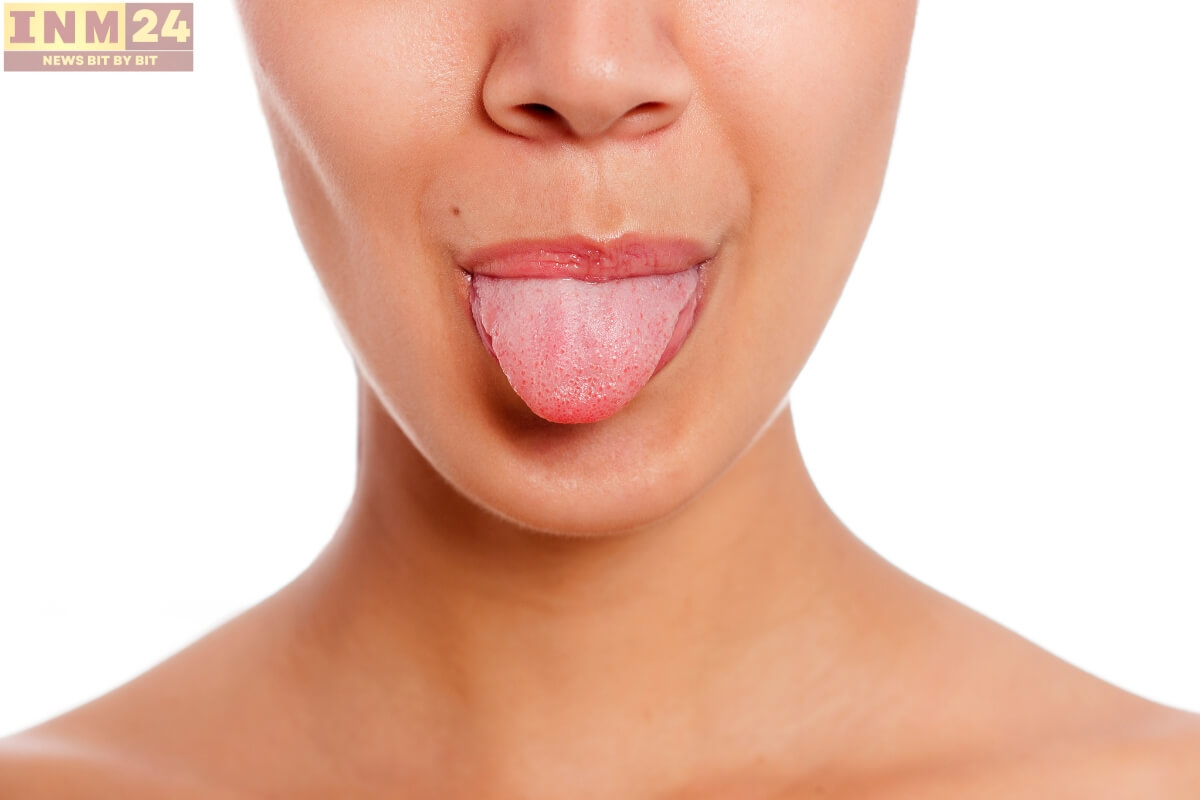The ancient practice of tongue diagnosis, stemming from traditional Chinese medicine and Ayurveda, suggests that the appearance of our tongues can offer valuable insights into our overall health. It is believed that changes in the color, texture, and coating of the tongue may indicate imbalances or deficiencies within the body. Understanding these signs can help us identify potential health issues and take appropriate steps to address them. Let’s explore how the color of your tongue can reveal vital information about your health status:
- Pink Tongue: A healthy tongue typically appears pink in color with a thin, white coating. This indicates good circulation and balanced energy flow within the body. However, if the pink color appears pale or excessively red, it may suggest underlying issues such as anemia or inflammation.
- Red Tongue: A bright red tongue may indicate heat or inflammation in the body. This could be due to a variety of factors such as fever, infection, or excessive consumption of spicy or hot foods. In some cases, a red tongue may also be a sign of vitamin deficiencies or hormonal imbalances.
- Pale Tongue: A pale or whitish tongue may signal deficiencies in blood circulation or energy levels. This could be associated with conditions like anemia, low blood pressure, or poor nutrition. Individuals with a pale tongue may benefit from increasing their intake of iron-rich foods and incorporating more cardiovascular exercise into their routine.
- Purple or Bluish Tongue: A purple or bluish hue on the tongue may indicate poor circulation or oxygenation of the blood. This could be a sign of cardiovascular problems, respiratory issues, or circulation disorders. It is essential to seek medical attention if you notice persistent discoloration of this nature.
- Yellow Tongue: A yellowish coating on the tongue may suggest excess heat or toxins in the body. This could be caused by liver congestion, digestive disorders, or poor oral hygiene. Detoxifying the body through dietary changes, herbal remedies, and improved oral care practices may help alleviate this condition.
- White Coating: A thick, white coating on the tongue is often associated with excess mucus or fungal overgrowth in the body. This may indicate conditions such as oral thrush, candidiasis, or respiratory infections. Maintaining good oral hygiene and addressing underlying imbalances in the body’s microbiome can help restore balance and clarity to the tongue.
- Black Hairy Tongue: In rare cases, individuals may experience a black or dark discoloration of the tongue due to bacterial overgrowth or yeast infections. This condition, known as black hairy tongue, is typically harmless but may cause discomfort or bad breath. Improving oral hygiene practices and addressing any underlying infections can help resolve this issue.
It’s important to note that while tongue diagnosis can provide valuable insights into our health status, it should not be used as a standalone diagnostic tool. If you notice any significant changes in the color or appearance of your tongue, it is advisable to consult with a healthcare professional for a thorough evaluation and appropriate treatment.
By paying attention to the color of your tongue and understanding what it may indicate about your health, you can take proactive steps to address underlying imbalances and promote overall well-being. Remember to prioritize good nutrition, hydration, and self-care practices to maintain a healthy tongue and body.
